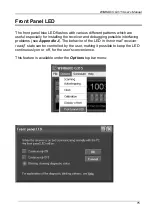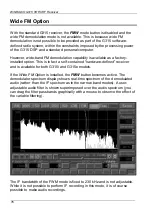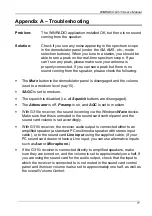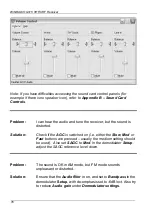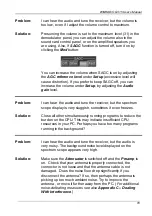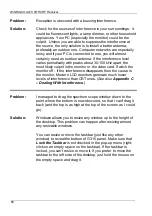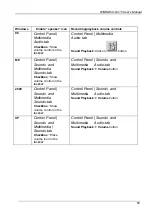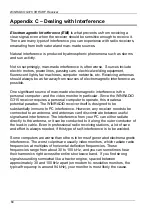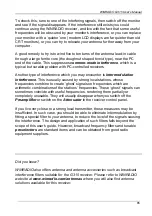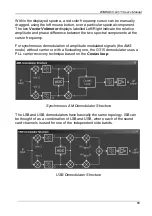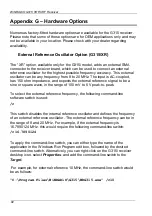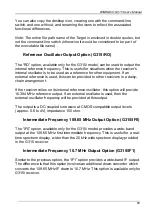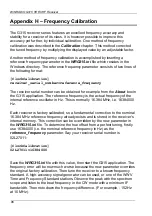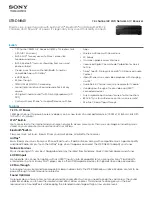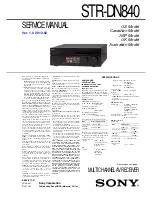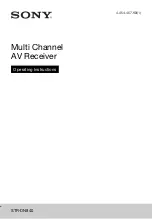
WiNRADiO G315 User’s Manual
87
The second mixer again uses a DDS with a PLL to mix the 109.65 MHz signal
down to the last intermediate frequency, which is 16 kHz (the last IF
frequencies may be selected within a range of 12 to 22 kHz, to suit various
special applications).
The receiver’s internal reference frequency for both DDS circuits is
16.384 MHz, which is derived from a precise 32.768 MHz oscillator.
The 16 kHz centered output of the second IF stage is fed to a 16-bit A/D
converter sampling at 64 kHz. This digitized signal is processed by a DSP
which performs digital filtering (responsible for the variable IF bandwidth) and
demodulation. Additional digital signal processing (for example FFT functions
related to the real-time spectrum scope and selective S-meter) is performed on
the host PC.
The AGC is performed in the first IF stage, based on the level of the last IF
output. The AGC action is delayed until the dynamic range of the first IF stage
is fully utilized – this is in order to prevent desensitization of the receiver in the
presence of neighbouring strong signals, falling within the 20 kHz IF
bandwidth. The resulting variation in audio output is then compensated in
software, using the
Software AGC
facility of the demodulator.
Note: Such a mixed arrangement, where the critical analog-to-digital sampling
and processing are done by the on-board DSP while the rest is performed by
the PC (rather than all processing being done on the PC), has the advantage
of providing consistently high performance by eliminating performance
variations caused by poor quality or incorrectly set up PC sound cards. A
higher quality analog-to-digital converter used in the G315 receiver makes also
a higher sampling rate possible than is available on a standard PC sound card,
which results in a further improved performance. With the time-critical
demodulation code running on the DSP, this also makes it possible for a single
PC to support several receivers running simultaneously without burdening the
CPU resources.



